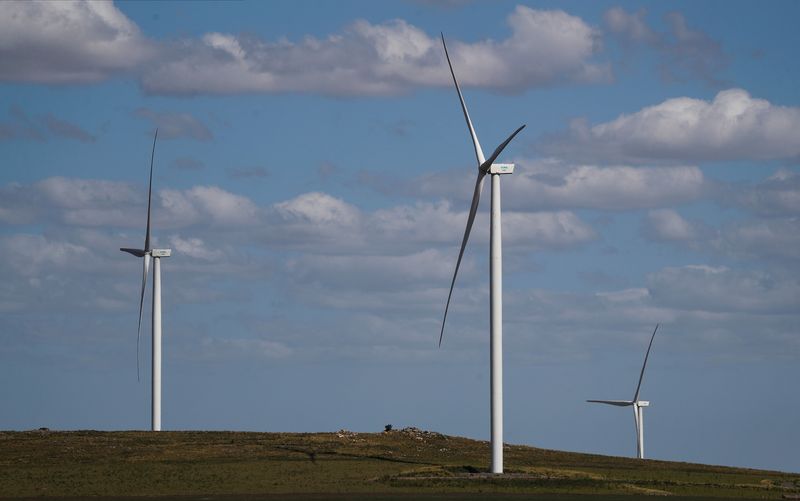By Patturaja Murugaboopathy
(Reuters) – Global sustainable bond issuance slowed faster than the broader market in the first quarter, hit by a surge in market volatility after Russia invaded Ukraine and tightening monetary policy around the world.
The slowdown followed record issuance of bonds linked to environmental or social goals in 2021, data from Refinitiv showed.
Total issuance of green, social and sustainability bonds, as well as those issued by companies with a sustainable business model, such as renewable energy, totalled $231.7 billion in the first quarter of 2022, a 19% drop over last year.
Issuance across the broader market fell 5% to $2.49 trillion over the same period.
While assets of all stripes have long been helped by the ultra-easy monetary policy of the U.S. Federal Reserve and other central banks, the first quarter saw signs of tightening across the globe.
“Certainty of Fed rate hikes and asset sales, tangible evidence of price inflation and the Russian/Ukraine conflict, collectively brought fear to investors in the fixed income markets in the first quarter of 2022,” said David Falk, fixed income portfolio manager at Shelton Capital Management.
Issuance of green bonds, where the proceeds are used for a specific environmentally friendly project, dropped to $110.4 billion in the first quarter, a 7% decline from the prior year.
For a related graphic on Global issuance of green bonds, click https://tmsnrt.rs/3ra6U9q
Andrew Poreda, senior ESG research analyst at Sage Advisory Services, said inflationary pressures, which have been exacerbated by the conflict in Ukraine, had made renewable projects a tougher sell.
Rising prices across the renewable energy value chain “will cause headwinds for new projects over the near-term, so (the level of issuance is) not surprising when looking at Q1 figures,” he said.
For a related graphic on Global issuance of sustainability bonds, click https://tmsnrt.rs/3NV07tS
Social bonds, which look to raise money for projects with positive social outcomes such as improving health or providing affordable housing issuance, saw issuance drop to $44 billion, a 55% decline over last year.
For a related graphic on Global issuance of social bonds, click https://tmsnrt.rs/3JjQZvd
“The lack of new social bonds coming to market was mostly anticipated, as the rise of new issuance over the past few years had a heavy tie to COVID-19-related initiatives,” said Sage Advisory Services’ Poreda.
The data showed JPMorgan, BNP Paribas SA and BofA Securities were the top three bookrunners of global green bond issuance in the first quarter.
(Editing by Simon Jessop and Carmel Crimmins)
























